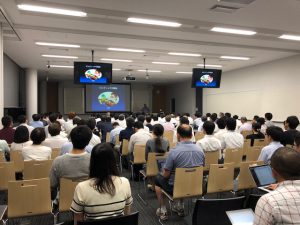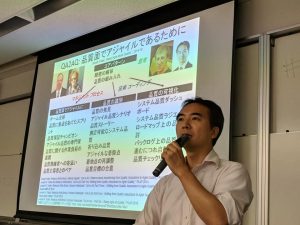鵜林尚靖, 鷲崎弘宜, 鄭顕志, “機械学習工学研究会キックオフシンポジウム参加報告”, コンピュータソフトウェア, Vol. 35, No. 3, pp. 3_96-3_101, 2018.
カテゴリー別アーカイブ: 未分類
“Metrics Visualization Techniques Based on Historical Origins and Functional Layers for Developments by Multiple Organizations” mentioned as one of Most Read Articles at International Journal of Software Engineering and Knowledge Engineering, Vol. 28, No.9
Ryosuke Ishizue, Hironori Washizaki, Yoshiaki Fukazawa, Sakae Inoue, Yoshiiku Hanai, Masanobu Kanazawa and Katsushi Namba, “Metrics Visualization Techniques based on Historical Origins and Functional Layers for Developments by Multiple Organizations,” International Journal of Software Engineering and Knowledge Engineering (IJSEKE), Vol.28, No.9, pp.1-25, 2018.
「高度IT資格制度を対象とする国際規格ISO/IEC 24773」論文誌デジタルプラクティスに採択
掛下哲郎(佐賀大学),鷲崎弘宜(早稲田大学), “高度IT資格制度を対象とする国際規格ISO/IEC 24773”, 情報処理学会 デジタルプラクティス, 「情報分野における標準の戦略と実践」特集, Vol.10 No.1, pp.1-21, 2019.
鷲崎教授が講演「デザイン思考および周辺- ユーザビリティ、UX、アジャイル開発を含めて-」MCPC SMC認定研修講演
鷲崎弘宜, デザイン思考および周辺- ユーザビリティ、UX、アジャイル開発を含めて-, MCPC SMC認定研修講演 2018年9月21日 機械振興会館
Personality and Learning Effectiveness of Teams in Information Systems Education Courses, accepted for EAI Endorsed Transactions on e-Learning (DBLP indexed)
Masashi Shuto, Hironori Washizaki, Yoshiaki Fukazawa, Shoso Yamato, Masashi Okubo, Bastian Tenbergen, “Personality and Learning Effectiveness of Teams in Information Systems Education Courses,” EAI Endorsed Transactions on e-Learning, Special Issue on Information systems enabling digitalized advances in society, 2018 (DBLP indexed)(to appear)
The goal of this paper is to clarify the optimal combination of team members to maximize the learning effectiveness in information systems education courses. We surveyed the correlation of students’ five factor model personalities and the learning effectiveness, which is the amount of increase in team management or technical knowledge, and skill, which is the IPA common carrier skill framework based on SFIA. Specifically, we targeted were three actual courses (a System Development Project course, an IT Management Project course, and an Application Development Project course) to elucidate the relationships between personality characteristics and learning effectiveness. Although individual student’s personality characteristics are not strongly related to learning effectiveness, team personality characteristics are related to learning effectiveness. In particular, Neuroticism and Conscientiousness characteristics are negatively correlated to learning effectiveness.
ETロボコン2018 東京地区大会を9月16-17日に早稲田大学63号館にて共催
ETロボコン2018 東京地区大会を9月16-17日に早稲田大学63号館にて共催しました。参加者、スポンサー、スタッフ関係者の皆様、有難うございました。研究室新人チームは1走目完走、2走目リタイヤと悔しい結果でしたが学びの多い機会となりました。
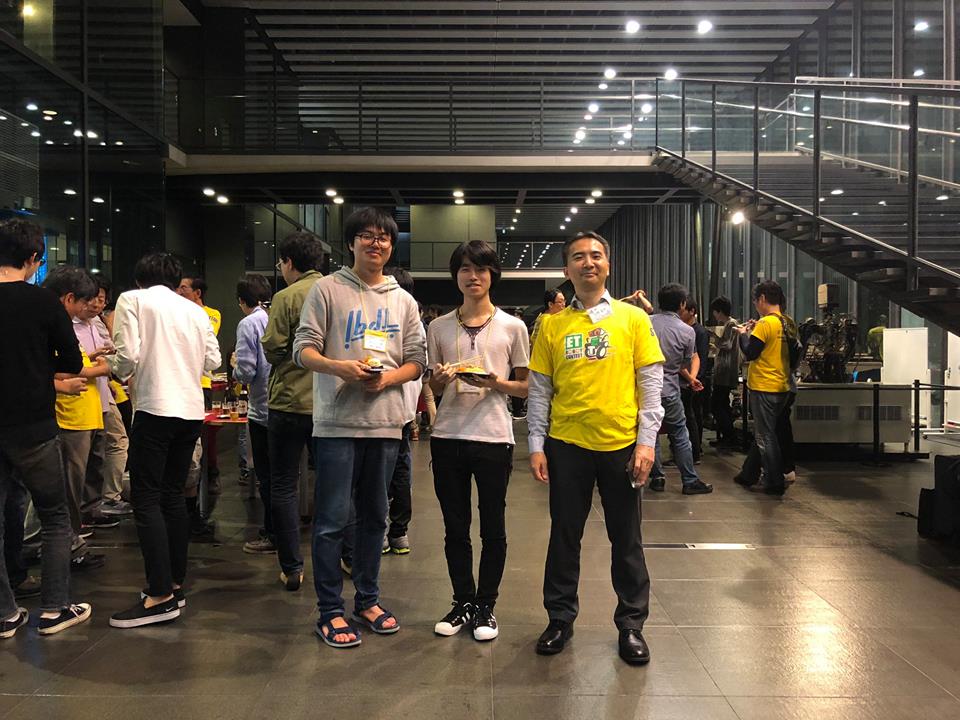
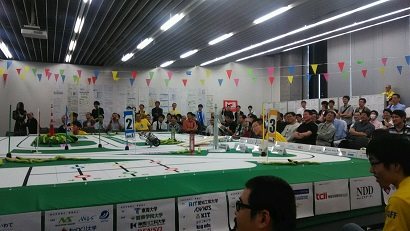
Post-Proceedings of #AsianPLoP ’14, ’15 and ’17 are now available on Hillside website!
Post-Proceedings of #AsianPLoP ’14, ’15 and ’17 are now available on Hillside website! Check great software/non-software patterns and languages! 会議AsianPLoP ’14, ’15, ’17予稿集Hillsideサイト掲載。ソフトウェアおよび社会全般の優れたパターンをご覧ください。
http://www.hillside.net/conferences/plop-conference-proceedings
- Hironori Washizaki (editor), AsianPLoP 2015 Conference Proceedings, Hillside, 2018
- Hironori Washizaki (editor), AsianPLoP 2014 Conference Proceedings, Hillside, 2018
鷲崎教授がソフトウェア品質シンポジウム2018にて講演「超スマート社会時代のシステム&ソフトウェア品質知識体系 – SQuBOK 2020 における AI、IoT、クラウド、オープンソース、アジャイル、DevOps と品質 -」
鷲崎弘宜, 超スマート社会時代のシステム&ソフトウェア品質知識体系 – SQuBOK 2020 における AI、IoT、クラウド、オープンソース、アジャイル、DevOps と品質 -, ソフトウェア品質シンポジウム SQiP2018, 東京, 2018年9月13日
XP祭り2018 開催 2018年9月8日
2018年9月8日(土)に、アジャイル開発および周辺をテーマとしてXPJUGと共同でXP祭り2018を早稲田大学GCSにて開催しました。当日は225名と多くの参加がありました。以下のワークショップを、招聘したJoseph Yoder氏と実施。有難うございました。
- Joseph Yoder, 鷲崎弘宜, QA to AQ – Being Agile at Quality: Values, Practices, and Patterns, XP祭り2018, 早稲田大学, 2018年9月8日
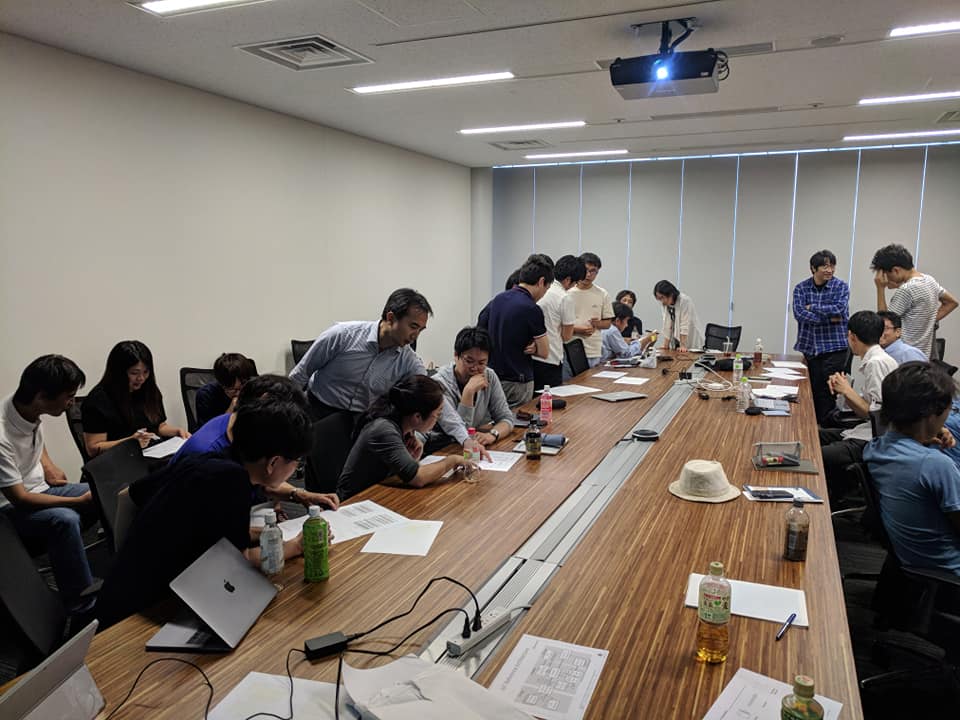

【報告】第2回enPiT-Proスマートエスイーセミナー: アジャイル品質保証&組織変革セミナー 2018年9月7日
2018年9月7日(金)に、アジャイル品質保証および組織変革をテーマとして第2回目の一般公開セミナー開催しました。当日は200名弱(関係者含む)の多くの参加がありました。アジャイル開発における品質の概念や技術の全体像を整理するための体系案、その参照先としてのパターン集、それらの根底にある重要なモニタリングと適応の考え方と実践、形式手法の現実的な導入、それらに対するソフトウェア工学からの見方、ならびに、アジャイル組織としての成熟度について解説と活発な議論があり、盛況理に終了しました。懇親会にも50名弱の参加があり、今後のさらなる人材育成、研究、実践に向けた幅広いネットワークづくりの機会となりました。各講演資料を掲載しましたので、各講演タイトルから参照ください。第3回セミナーは、メタモルフィックテストをテーマに12月に開催予定です。ぜひ引き続きご期待ください。
